About the New York City EcoFlora project
The New York City EcoFlora projects engage New Yorkers in protecting and preserving the City’s native plant species, and assembles new, original observations and data on the City’s flora to better inform policy decisions about management and conservation of the City’s natural resources.
The metropolitan area is home to a significant diversity of plants, animals, fungi, and habitats that provide such vital ecosystem services as cleaning the air and filtering the water. But this biodiversity is under increasing threat by development, invasive species, and a changing climate.
The project seeks to engage the public as community scientists to observe, collect, and compile information about the City’s plants and their relationships with other organisms, such as birds, insects, and mushrooms, and combine these data with all that is already known from natural history collections and scientific publications. The New York City EcoFlora is a real-time, online, ongoing checklist of plants—the first ever to connect plants in the web of life in New York City—that will result in a dynamic resource for conservation planning as well as in New Yorkers that are better informed about the importance of urban ecologies and who can contribute to protecting them.

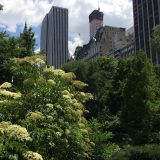
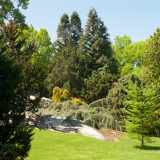
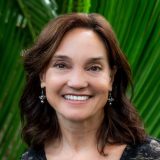
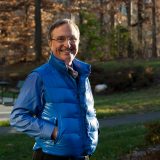
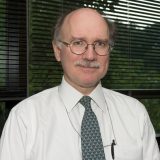
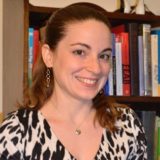
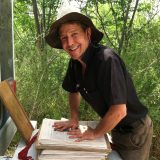
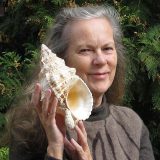
 Location Ross Hall
Location Ross Hall